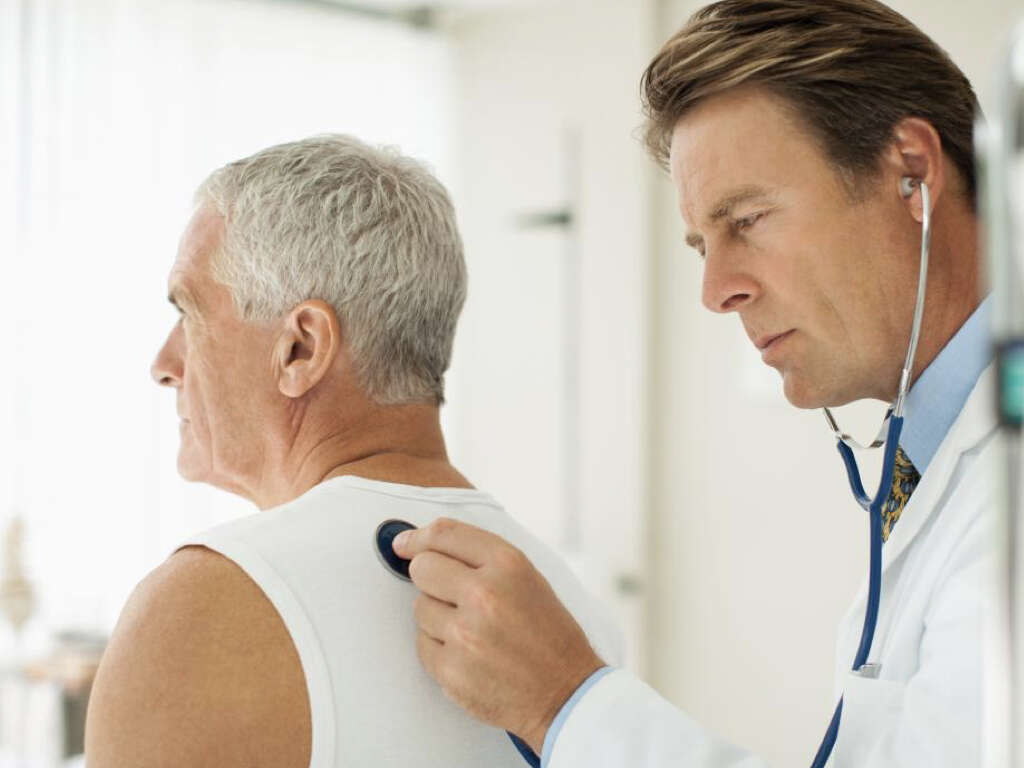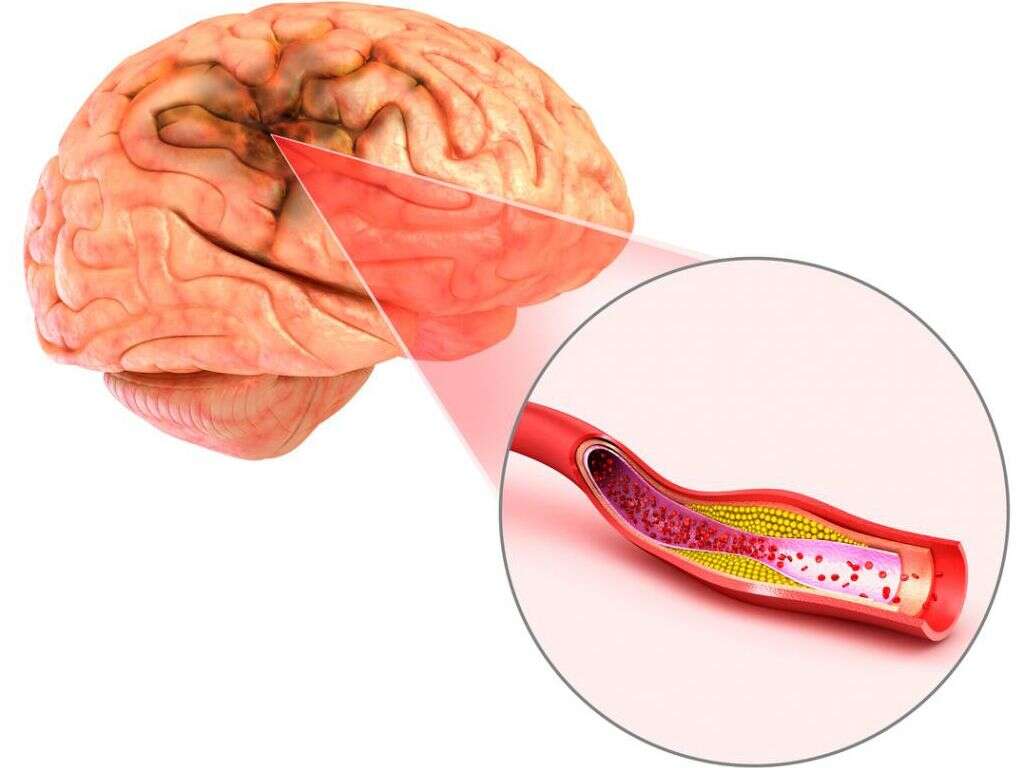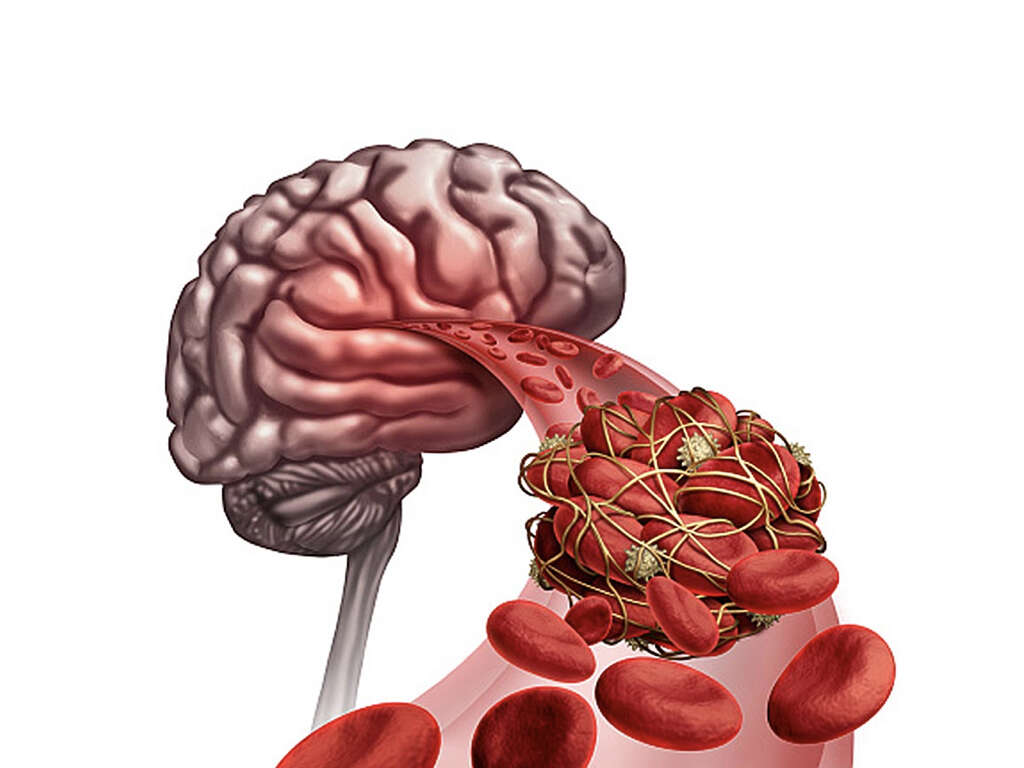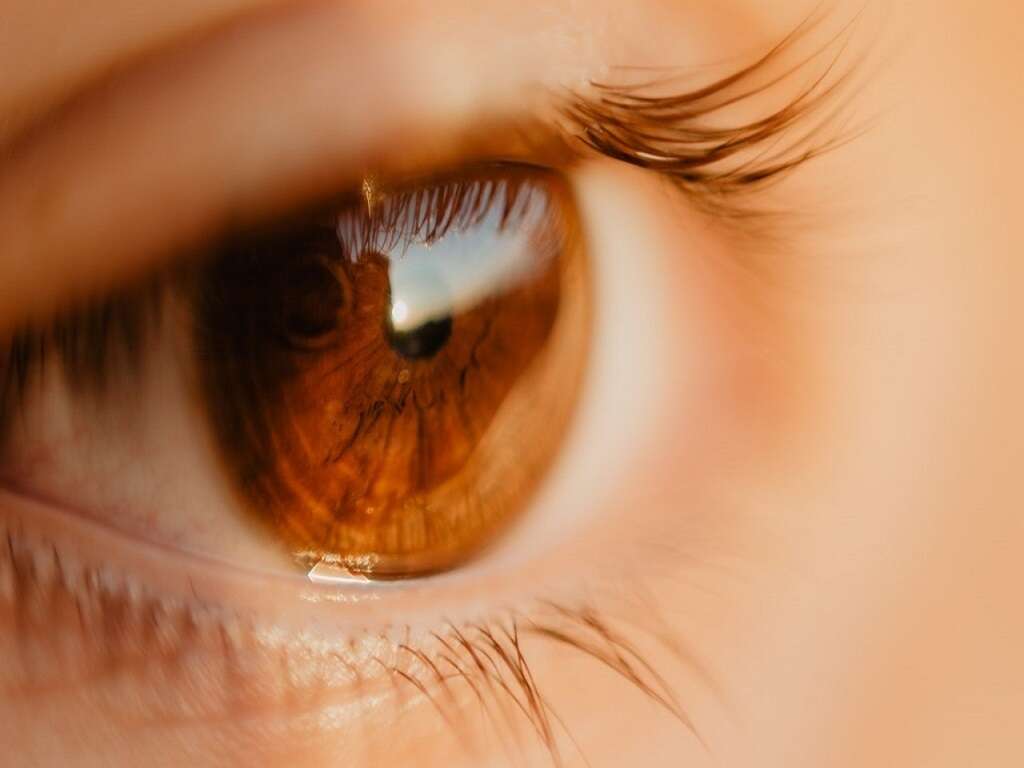10 Hemorrhagic Stroke Symptoms
 Article Sources
Article Sources
- 1. Gray, Vicki, et al. ‘Factors That Influence Muscle Weakness Following Stroke and Their Clinical Implications: a Critical Review.’ Physiotherapy Canada.ncbi.nlm.nih.gov/pmc/articles/PMC3484914/
- 2. McKenzie-White, Jane. ‘Neuropsychiatry of Stroke.’ Johns Hopkins Medicine, Based in Baltimore, Maryland, 20 June 2017, www.hopkinsmedicine.org/gec/series/neuropsych/stroke.html
- 3. Çelebisoy, Mehmet, et al. ‘Recovery of Visual-Field Defects after Occipital Lobe Infarction: a Perimetric Study.’ Journal of Neurology, Neurosurgery & Psychiatry, BMJ Publishing Group Ltd, 1 June 2011, jnnp.bmj.com/content/82/6/695.abstract
- 4. Schwab S;Aschoff A;Spranger M;Albert F;Hacke W; ‘The Value of Intracranial Pressure Monitoring in Acute Hemispheric Stroke.’ Neurology, U.S. National Library of Medicine, pubmed.ncbi.nlm.nih.gov/8757010/
A hemorrhagic stroke may occur when a blood vessel bursts and starts bleeding into the brain. Another term doctors might use to refer to hemorrhagic stroke is intracranial stroke. When the bleeding occurs, it exerts pressure on the surrounding cells in the brain. These cells become damaged, interfering with the normal functioning of that part of the brain.
As a result, neurologic symptoms may occur. A hemorrhagic stroke can be life-threatening. It's a medical emergency that requires urgent medical attention to minimize complications that may lead to permanent brain damage.
Muscle Weakness or Paralysis
A hemorrhagic stroke can happen on one or both sides of the brain. It may cause muscle paralysis or weakness in some people.1Gray, Vicki, et al. ‘Factors That Influence Muscle Weakness Following Stroke and Their Clinical Implications: a Critical Review.’ Physiotherapy Canada.ncbi.nlm.nih.gov/pmc/articles/PMC3484914/ One side of the face may appear to droop. This shift in appearance may be subtle. It's more visible if the person experiencing a stroke tries to smile because the smile may form only on one side of the face.
Asking a person to raise both their arms may help to determine if they are experiencing a stroke. They may be unable to raise their arms due to stroke-induced muscle paralysis. In this case, the person needs urgent medical attention.
Difficulty Speaking or Understanding Language
A hemorrhagic stroke can hinder a person's ability to express language or understand it. A person experiencing a stroke may have trouble explaining what is happening at that moment.
They may struggle to find the right words, or their words may come out slurred and their speech may be choppy. If you try to speak to a person as they experience a stroke, they may appear confused because they are unable to extract meaning from the words they hear.

Difficulty Walking
Symptoms of a hemorrhagic stroke vary from one person to another. In some people, a stroke may interfere with their ability to speak or understand speech, but their psychomotor functions may be unhindered.2McKenzie-White, Jane. ‘Neuropsychiatry of Stroke.’ Johns Hopkins Medicine, Based in Baltimore, Maryland, 20 June 2017, www.hopkinsmedicine.org/gec/series/neuropsych/stroke.html Other people may be able to talk normally while having a stroke but may be unable to stand or walk.
A hemorrhagic stroke may cause weakness or poor coordination in one leg. If someone suddenly becomes unable to maintain their balance and ability to walk normally, they need urgent medical attention.
Intense Headache
In some cases, a hemorrhagic stroke may manifest as a severe headache. Unfortunately, this means that the stroke may not be recognized and medical attention may not be sought. The person experiencing the stroke may think they're having a migraine and decide that all they need is some rest.
A person who experiences a sudden intense headache must seek immediate medical attention, especially if the stroke is accompanied by dizziness, vomiting, and going in and out of consciousness.

Vision Problems
If it is suspected that someone may be shaving a stroke, they should be asked whether they are experiencing any changes in vision. In some cases, a hemorrhagic stroke may cause a person to experience double or blurred vision.
The person may also experience a complete loss of vision in one or both eyes. This occurs if the stroke affects parts of the brain that are responsible for vision. These include the occipital lobe and some parts of the parietal and temporal lobes.3Çelebisoy, Mehmet, et al. ‘Recovery of Visual-Field Defects after Occipital Lobe Infarction: a Perimetric Study.’ Journal of Neurology, Neurosurgery & Psychiatry, BMJ Publishing Group Ltd, 1 June 2011, jnnp.bmj.com/content/82/6/695.abstract
Seek Immediate Medical Attention
A person who experiences any of the symptoms of a stroke must seek immediate medical attention, even if the symptoms are temporary. Doctors advise people to think "FAST," an acronym for face, arms, speech and time.
In case a person suspects that someone may be having a stroke, they should ask the person to smile, raise both arms and repeat a simple phrase. Inability to perform one or more of these tasks is indicative of a stroke, and immediate medical attention should be sought.
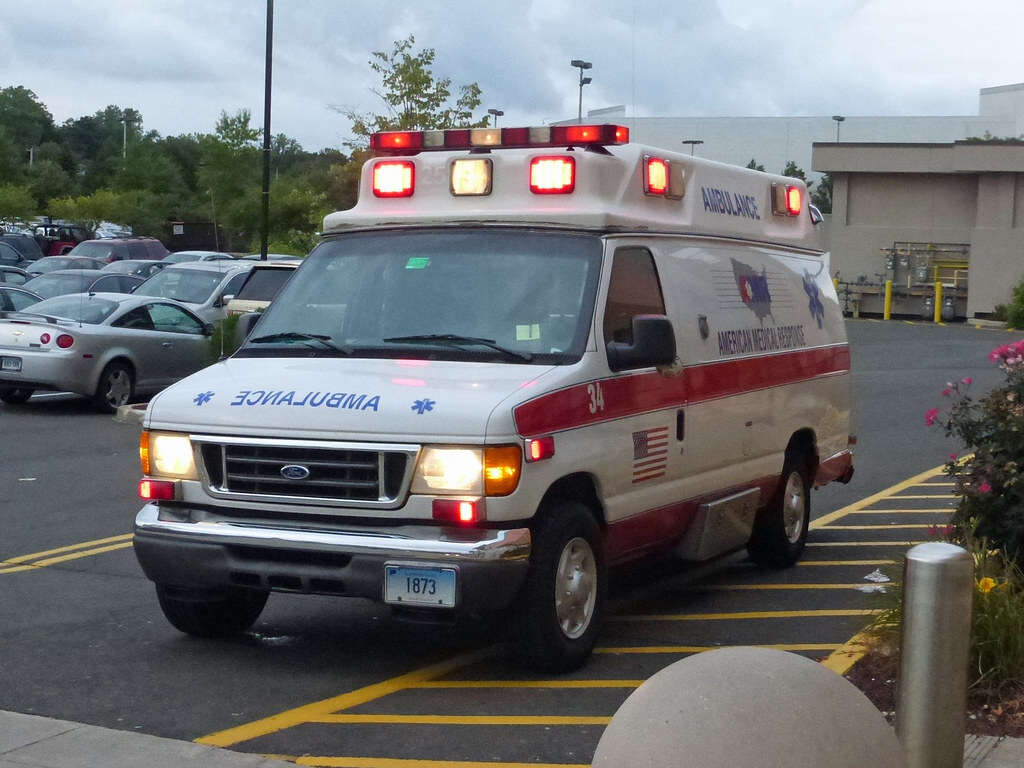
Causes
A hemorrhagic stroke occurs as a result of a burst blood vessel bleeding into the brain. The blood accumulates and exerts pressure on the brain cells around the site of bleeding.4Schwab S;Aschoff A;Spranger M;Albert F;Hacke W; ‘The Value of Intracranial Pressure Monitoring in Acute Hemispheric Stroke.’ Neurology, U.S. National Library of Medicine, pubmed.ncbi.nlm.nih.gov/8757010/ In turn, the increased pressure leads to neurological problems that are recognized as the signs and symptoms of a stroke.
Hemorrhagic strokes manifest in various ways, the most common of which is the intracranial stroke. In this case, the bleeding happens inside the brain.
Risk Factors
Certain medical conditions and lifestyle habits put people at a higher risk of experiencing a hemorrhagic stroke. These include high blood pressure, smoking, diabetes, brain aneurysm and a history of stroke in the family.
Cerebral cavernous malfunctions in which blood vessels in the brain fail to form correctly also increase the risk of having an intracerebral hemorrhage. The risk factors for a subarachnoid hemorrhage, another type of brain hemorrhage, include bleeding disorders, head traumas, use of blood-thinning medications and cerebral aneurysms.

Prevention
Hemorrhagic strokes may not always be preventable. However, adopting certain lifestyle choices may help to reduce exposure to specific risk factors. These lifestyle changes include avoiding or ceasing smoking, regular exercising, maintaining a proper diet and having regular health checks.
Taking these measures is especially crucial for people who have previously had a stroke as it may help to prevent having another one. People who are exposed to many of the previously mentioned risk factors should also take these measures seriously.
A Final Word
Many of the symptoms mentioned here may also occur with other medical conditions. However, the characteristic sign of a hemorrhagic stroke is that one or more of these symptoms may occur suddenly.
Hemorrhagic stroke can occur without warning. A person may seem okay one moment and unable to speak or walk normally the next moment. If someone you know experiences any of the symptoms listed here, call for help for emergency medical care before taking any other action.


